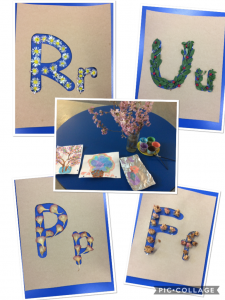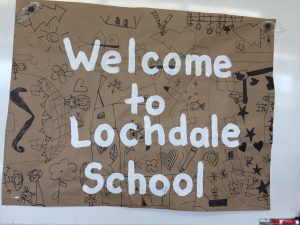As the weather warms up, one activity that can be fun to do is soapy water play. Water and soap play is always a hit for the children of all ages. Please keep in mind the importance of supervising children and to reminding them about safety rules when playing with bubbles.


Get out your large size buckets, household cleaning brush, old toothbrush, or sponge, some water and soap, and something for children to wash. It can be as simple as washing dolls, plastic toy car, or even the patio and backyard fence. For extra bubbly fun, whip up the soapy solution with hand blender.


Last but not least, make some bubble solutions for children to make some cool bubble experiments. My go-to recipe is using equal part Dawn® dishwashing liquid (blue) and water, to make my fail-proof bubble solutions. However, there are many other great bubble recipes out there that you can experiment with as well. Bring out bubble wands or make your own bubble wands using craft pipe cleaner, straws, or wire hangers. And you will have hours of fun with bubbles with your families.





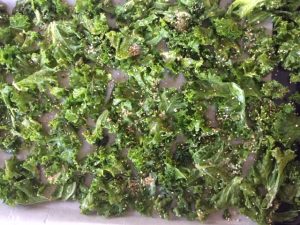
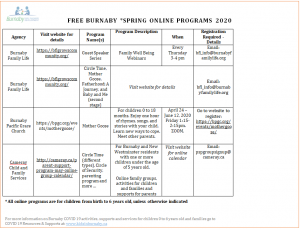
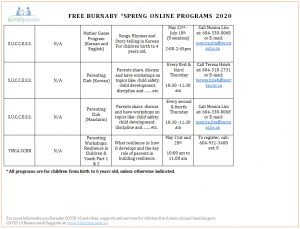
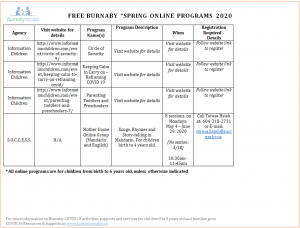
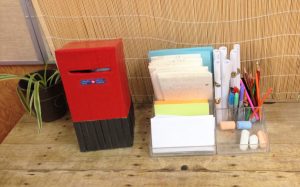 While digital correspondence, such as electronic mails or texts, are convenient and fast, there is something special about receiving a handwritten note or drawings from friends and family that brings me feeling joy and nostalgia.
While digital correspondence, such as electronic mails or texts, are convenient and fast, there is something special about receiving a handwritten note or drawings from friends and family that brings me feeling joy and nostalgia.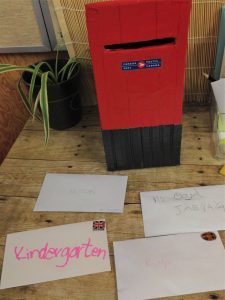
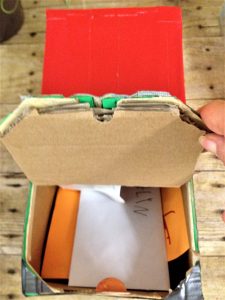
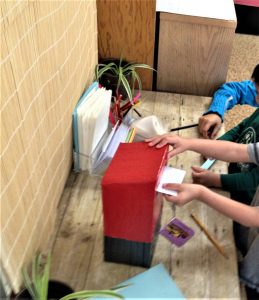
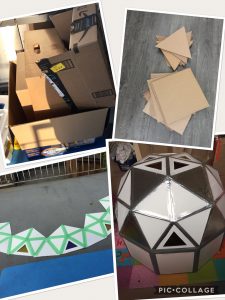

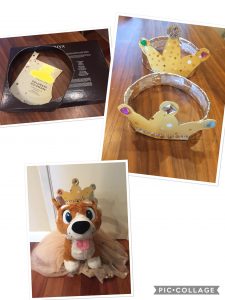
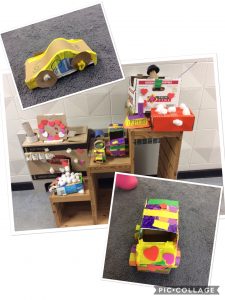
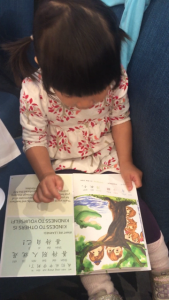
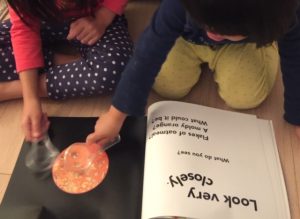
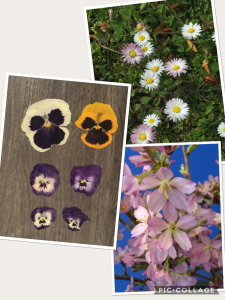 .
.